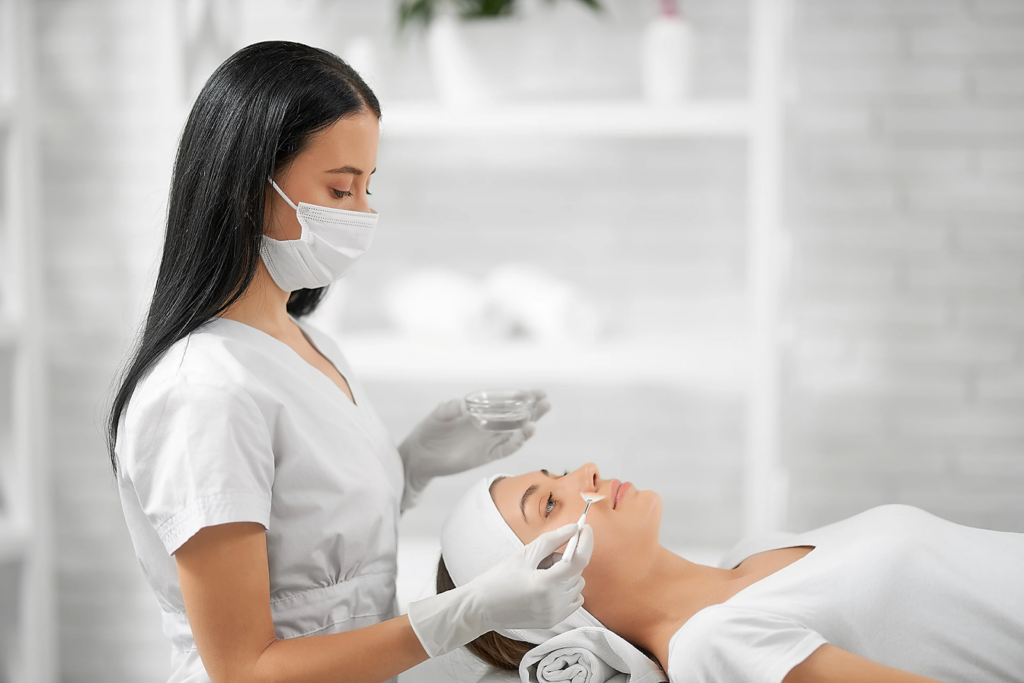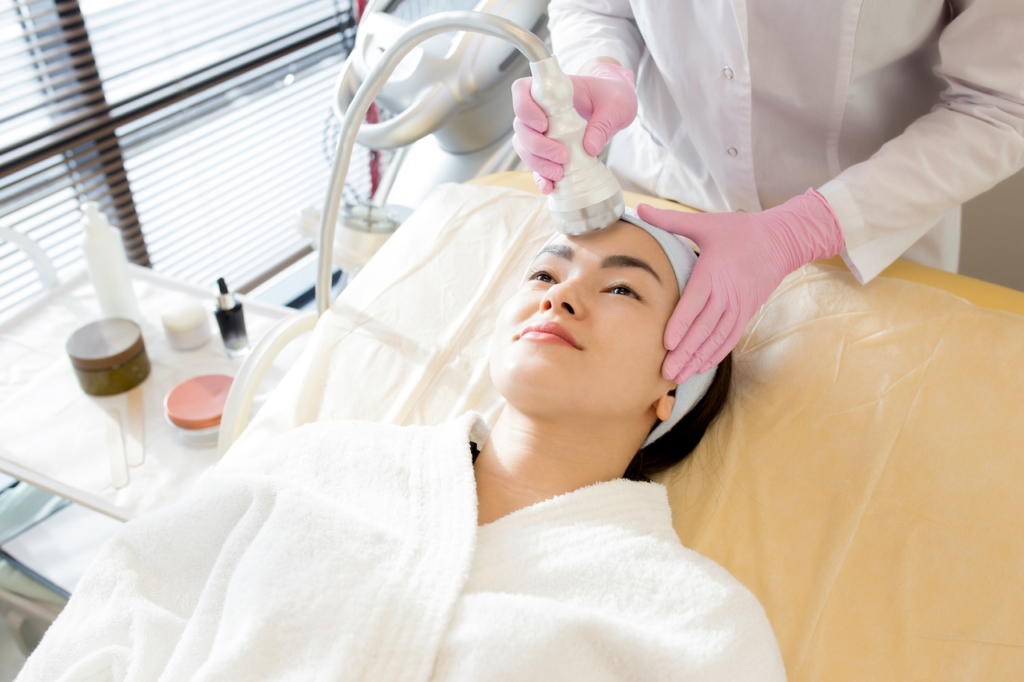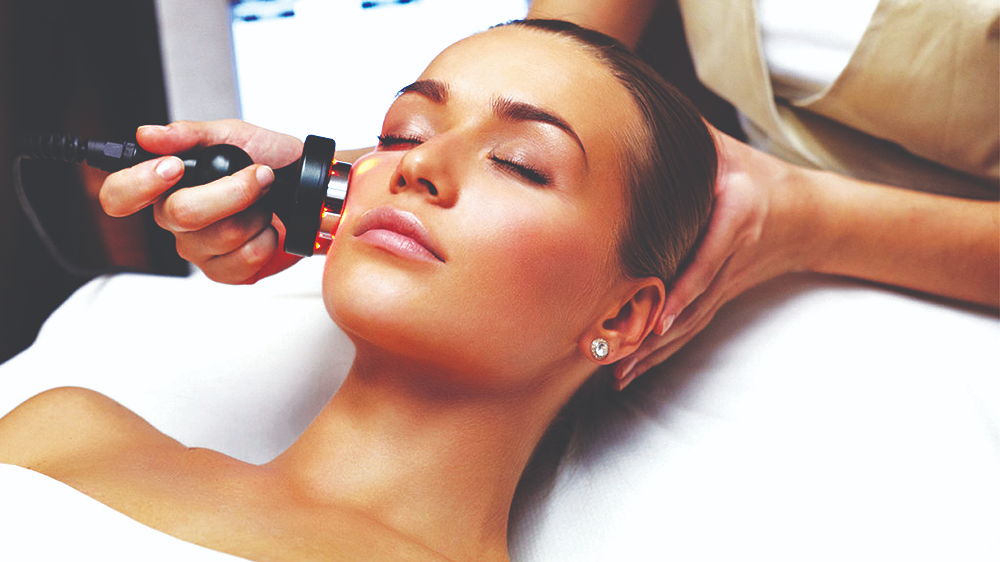
From a simple facial treatment, the role of aestheticians evolved to include advanced skincare therapies. With the techniques of aestheticians increasingly in demand, it is also equally important to be familiar with the science behind these practices. In fact, studies on aesthetician methods and techniques are well underway, providing insight into their effectiveness and safety. The following paper discusses scientific research done on aesthetician treatments that provide clear insight into how they work and what kind of evidence supports such benefits.
Aesthetician Techniques: What Does the Research Say?
Facialists, chemical peels, microdermabrasion—certainly all of these aestheticians’ techniques work to a large degree in improving skin texture and skin tone. This research outlines the role of such treatments in stimulating collagen and reducing acne. The proof lies in science.
Beyond simple skincare, the research investigates how aesthetician techniques improve skin physiology. For example, chemical peels increase cellular turnover, so hyperpigmentation will be reduced, while microdermabrasion provokes the manufacture of collagen, firming the skin. Clinical studies once again show that regular facials improve circulation and lymphatic drainage to support a clearer complexion.
Aesthetician techniques are also being recognized for their involvement in the treatment of certain skin conditions, such as acne and rosacea. These treatments show both short-term and long-term advantages by targeting the real causes of issues, whether it is a clogged pore or inflammation.
Do Chemical Peels Improve Skin Scientifically?
Yes, they have proof that chemical peels work magic on improving skin texture and skin tone. Applied research proves exfoliating dead skin cells stimulates collagen and reduces hyperpigmentation. Other studies prove highly effective in treating acne scars, fine lines, and blotchy skin tone.
Chemical peels work by removing the top layer of damaged skin and revealing health and radiant skin from underneath. They have been proven in studies to increase collagen production, thus improving fine lines by softening them and giving the skin more elasticity. In addition, the peels may lighten a bit of the hyperpigmentation and acne scarring, giving a more even tone to the skin.
Several clinical trials have shown that repeated treatments with chemical peels result in long-term benefits for skin texture and clarity. However, the strength and type of peel used have to be attuned to individual skin types and concerns; otherwise, it can result in side effects such as irritation or prolonged redness.
Is There Scientific Merit to Microdermabrasion?
Yes, microdermabrasion can indeed be backed with scientific evidence. Research studies have confirmed that it effectively exfoliates skin and increases collagen production while brightening the skin. It is also proven to assist in fading fine lines, and acne marks, and refining general skin texture with very little recovery time.
It combines fine crystals or a diamond tip with a gentle exfoliation of the outermost layer of skin, away from the dead cells, and tries to stimulate the growth of new cells. The treatment has been proven to increase the production of collagen, which makes the skin firmer and more youthful.
Clinical studies also show that microdermabrasion reduces fine lines, wrinkles, and acne scars, and explains why many people go for it due to its ability to rejuvenate the skin without it being invasive. Besides, the treatment was known to enhance the penetration of the skincare products into the skin, thereby improving hydration and nourishment. Microdermabrasion works with very little downtime and is effective in maintaining healthy skin.

How Effective Are Facials According to Scientific Studies?
Scientific studies have identified that facials have an impact on skin hydration, blood flow, and overall enhancement of appearance. Thus, research shows that regular facials reduce stress, improve skin tone, and assist in a clearer complexion by removing impurities and promoting lymphatic drainage.
In fact, facials are more than just an invigorating encounter; they are scientifically backed in their advantages for one’s skin health. Studies have proven the trio effect of cleansing, exfoliating, and hydrating to greatly improve skin water content and texture. Massages during facials promote lymphatic circulation and eventually remove excess fluids, thereby relieving puffiness and improving skin tone.
Facials are said to work out a clearer pathway for the skin by cleaning out clogged pores, hence reducing breakouts. This is most evident with regard to facials, which are known to reduce stress, thereby allowing one to feel good, which in turn reflects in the skin by avoiding stress-related problems like acne and dullness.
What Does Research Say About LED Light Therapy in Aesthetics?
Research backs up working LED light therapy for skin rejuvenation. It increases collagen production, reduces inflammation, and clears up acne. Prominent wavelengths of red and blue light, in particular, smoothen skin texture and reduce signs of aging. Detailed Answer: Hailed as the latest non-invasive skincare treatment, LED light therapy makes use of varied wavelengths of light to treat different skin concerns.
It has been proven that red light provokes collagen production and, as a result, reduces fine lines and wrinkles, while blue light fights the bacteria that cause acne and thus helps to clean up breakouts. Studies have also shown that LED light therapy decreases inflammation and really promotes wound healing, so it’s good for post-procedure recovery.
Moreover, regular use of this light therapy has been associated with even skin texture, tone, and radiance. This treatment is gentle enough for all skin types and is a safe, scientifically-supported way to improve skin health without wasting time on recovery.

What Research is There on the Benefits of Extractions in Facials?
Extractions done in facials prove to help with clogged pores and prevent breakouts. Studies support their role in reducing blackheads and whiteheads and promoting cleaner skin. Regular extractions have proven to improve the texture of the skin and reduce inflammation from acne.
Extractions are done in general as part of facials, and they remove blackheads, whiteheads, or any impurities that are clogging the pores manually. Based on some research, this, in general, would reduce breakouts by not allowing sebum and dead skin cells to collect in the pores.
According to many studies, regular extractions smooth out texture by giving the skin an even appearance with smaller pores and less inflammation from acne. Further, when done by trained aestheticians, extractions minimize the chances of scarring and infection, so it is a safe and efficient component of an acne treatment program. This treatment, therefore, is very helpful for those people who have oily or acne-prone skin since it keeps the skin clearer and healthier.
Conclusion:
Scientific research shows that aesthetician techniques work harmoniously to bring about better skin health and appearance. All treatments, from facials to LED light therapy, are way more than pampering; they have evidence backing their role in the improvement of skin texture and tone for overall health. Understanding a little of the science related to aesthetician treatments will help you make good decisions toward attaining and maintaining healthy, glowing skin when considering aesthetician services.
